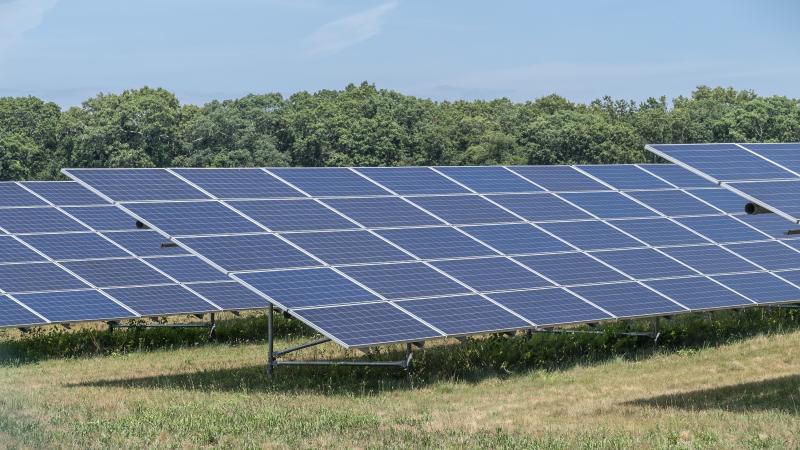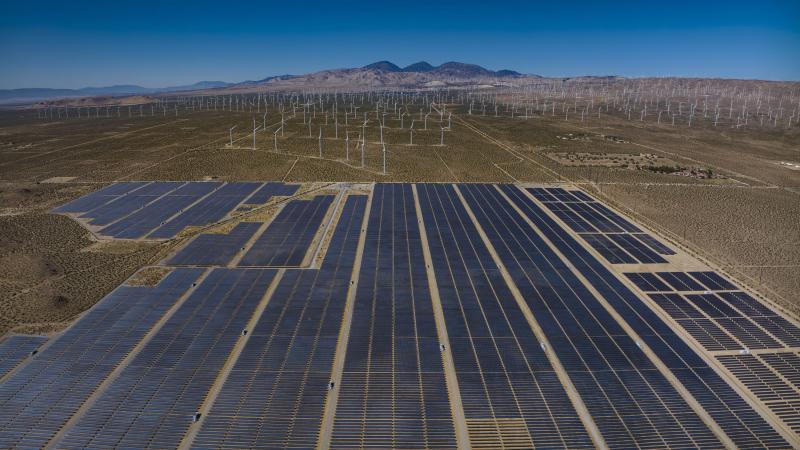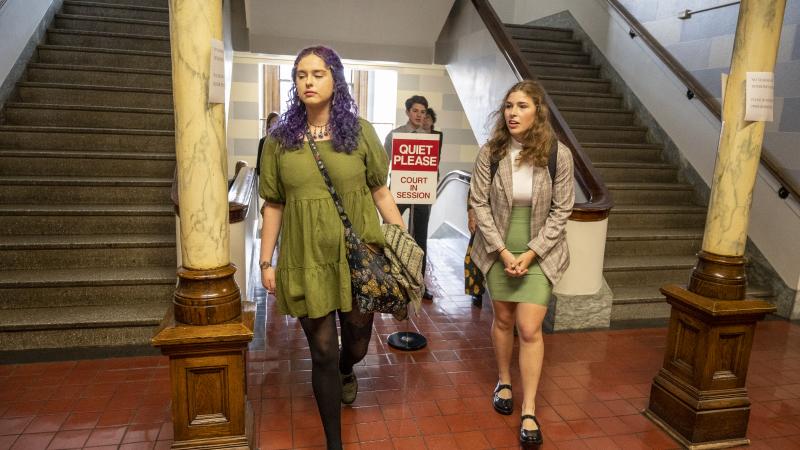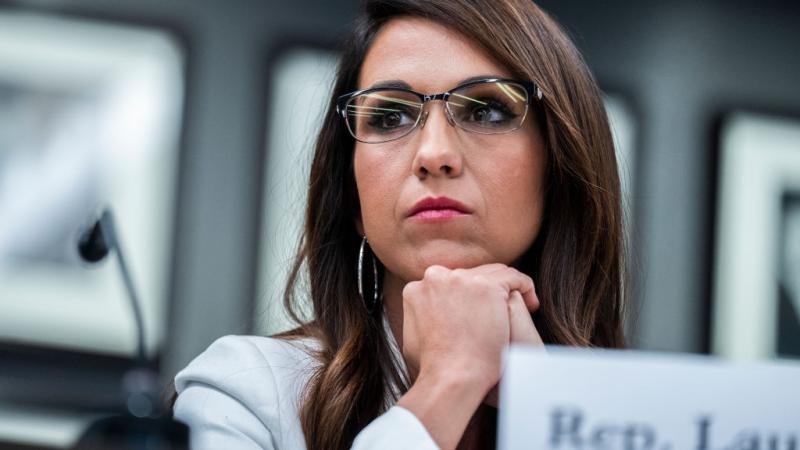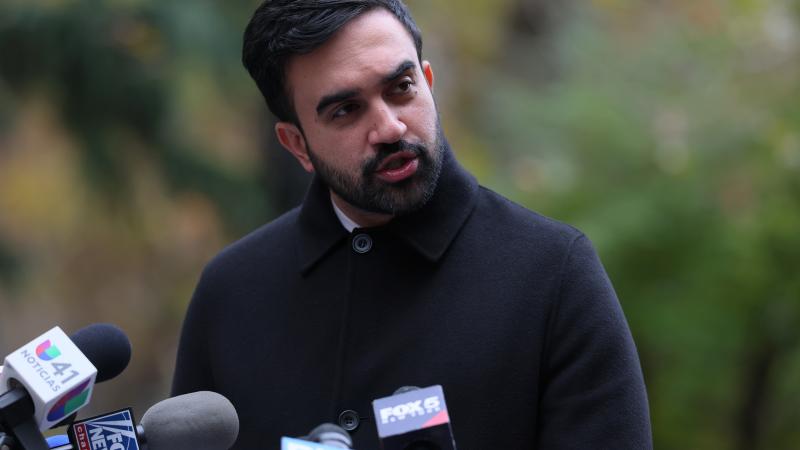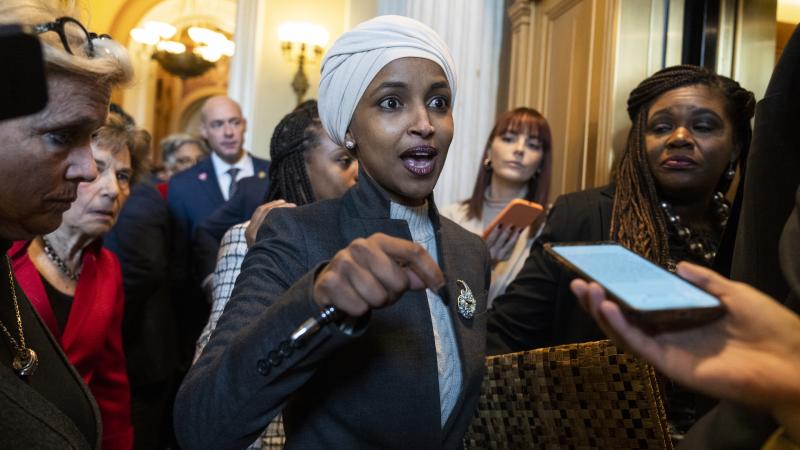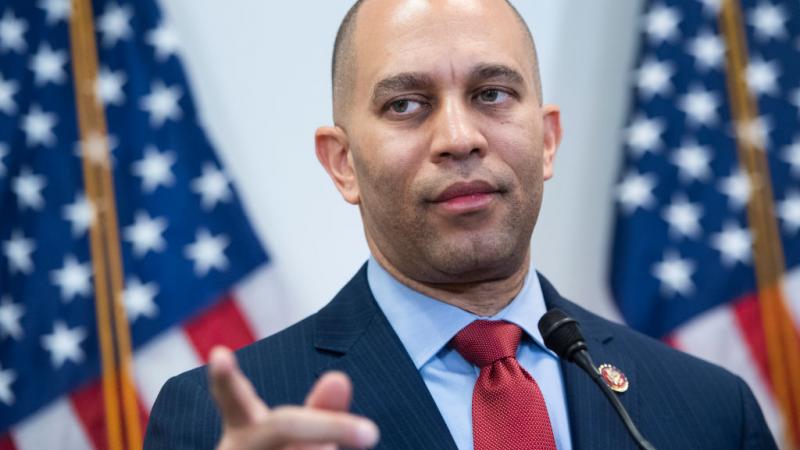MIT study finds business benefit of public EV chargers has declined 85%
In the first period, the installation of EV chargers increased spending relative to similar nearby businesses without chargers by 2.1%, falling to 1.4% in the second period.
(The Center Square) - A new MIT study found that the business foot traffic and customer spending value of providing public EV chargers declined 85% between the study’s initial 2019 period and a later 2021-2023 period. This, combined with stagnation in EV sales, has experts suggesting the EV market is reaching saturation at its current level of technology.
According to the California New Car Dealers Association, battery electric vehicle sales have been a fairly stable 21% since the latter half of 2023, despite growing sales incentives at the local, state and federal level that make it possible to buy a brand new Tesla for less than $20,000 for qualifying customers.
In the first period, the installation of EV chargers increased spending relative to similar nearby businesses without chargers by 2.1%, falling to 1.4% in the second period. In lower income areas, EV chargers increased spending 2.9% in the first period but only 0.9% in the second period, a 69% decline.
The cumulative annual gain to the area of adding one charger in 2019 was $22,813 per year, while in the second period it had dropped to $3,412 per year, an 85% decline.
Data from the study shows the change in types of chargers used made a major impact on spending: fast chargers had no significant impact on spending in the 2021-2023 period, while slow Level 2 chargers running on standard 240 volt power did — in other words, slower charging meant more time spending money at nearby businesses.
One major challenge to EV adoption is so-called range anxiety, a fear that many EV owners have that the miles available on their car dashboards won’t be enough to get them where they are going. Faster chargers, such as Tesla’s Superchargers, are designed to end range anxiety and facilitate long-range trips, but with one in five charging stations in the US not working, charging remains a challenge.
California is spending $1.7 billion quintupling its network of 10,000 public EV charging stations, but it’s unclear if the technology the state purchases will soon be obsolete, as charging speeds have been almost doubling every two years.
Another obstacle to California EV adoption is the state’s rapidly rising energy costs; the state’s energy costs more than double the national average, and two of three of the state’s energy providers are planning on raising their rates over 40 cents per kilowatt hour — the national average is 16 cents — by the end of the year. Though it is usually cheaper to drive an EV than run a car on gas, the state may soon reach what it says is the 50 cents per kilowatt hour tipping point for when gas becomes cheaper to drive than EVs.
EVs also add further stress to the electric grid, which Berkeley researchers say could need $20 billion in upgrades to meet EV charging demand.
Given that the state has a mandate that 2026 model year sales — which starts in 2025 — must be 35% zero emission, and currently are only 21.4%, it’s uncertain if the state will be able to meet its goals. If this goal is not met, automakers are held responsible; automakers can buy credits from others with extra EV credits, or face financial penalties from the state. To avoid this, some automakers may restrict sales of gas-powered vehicles.

